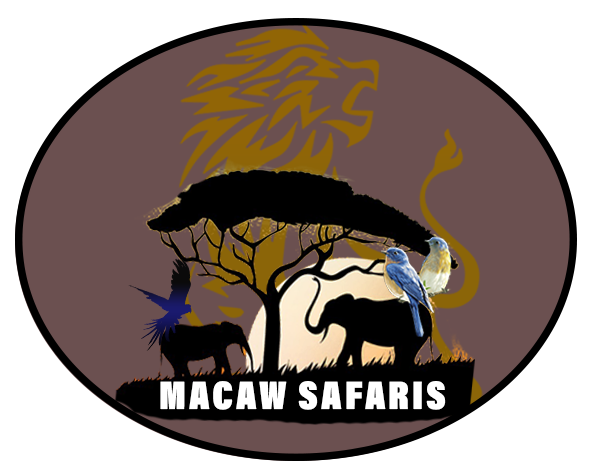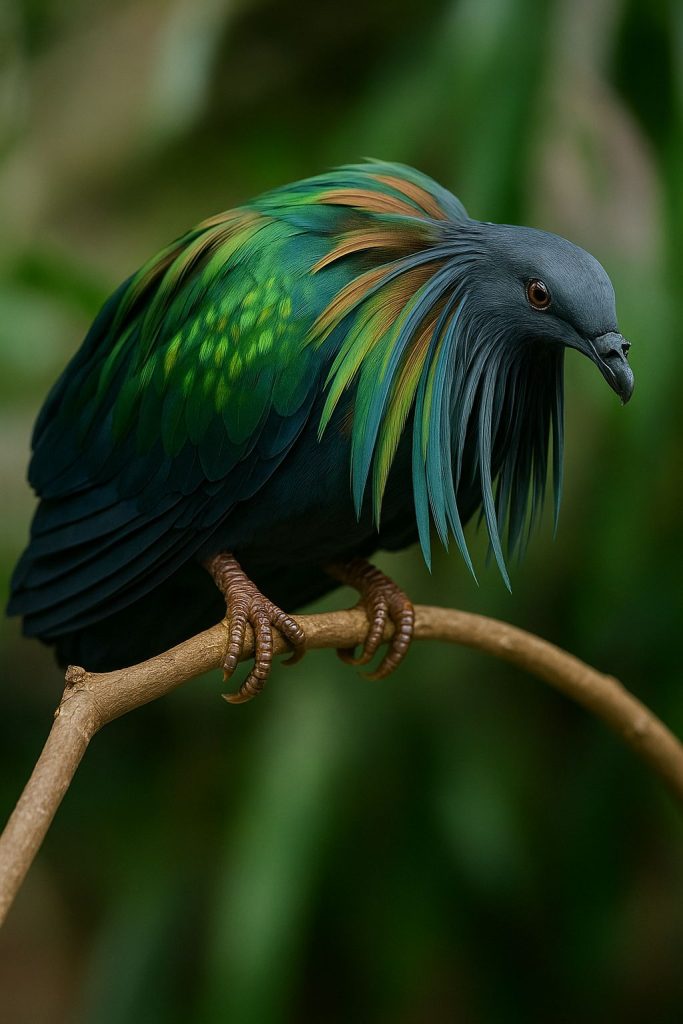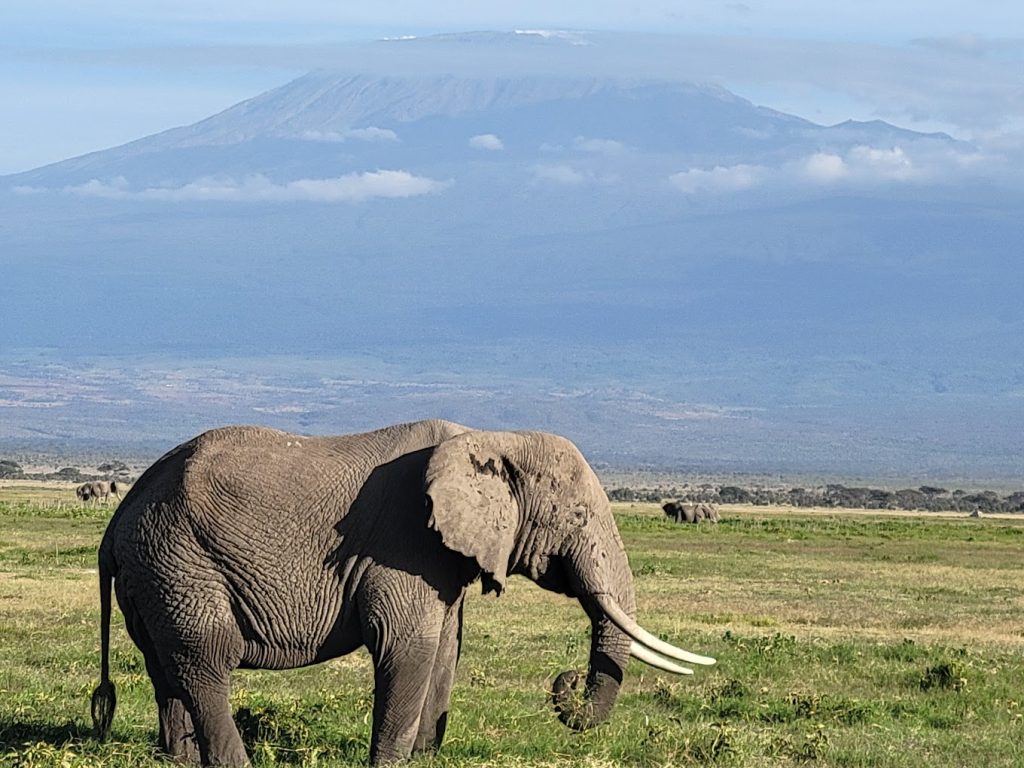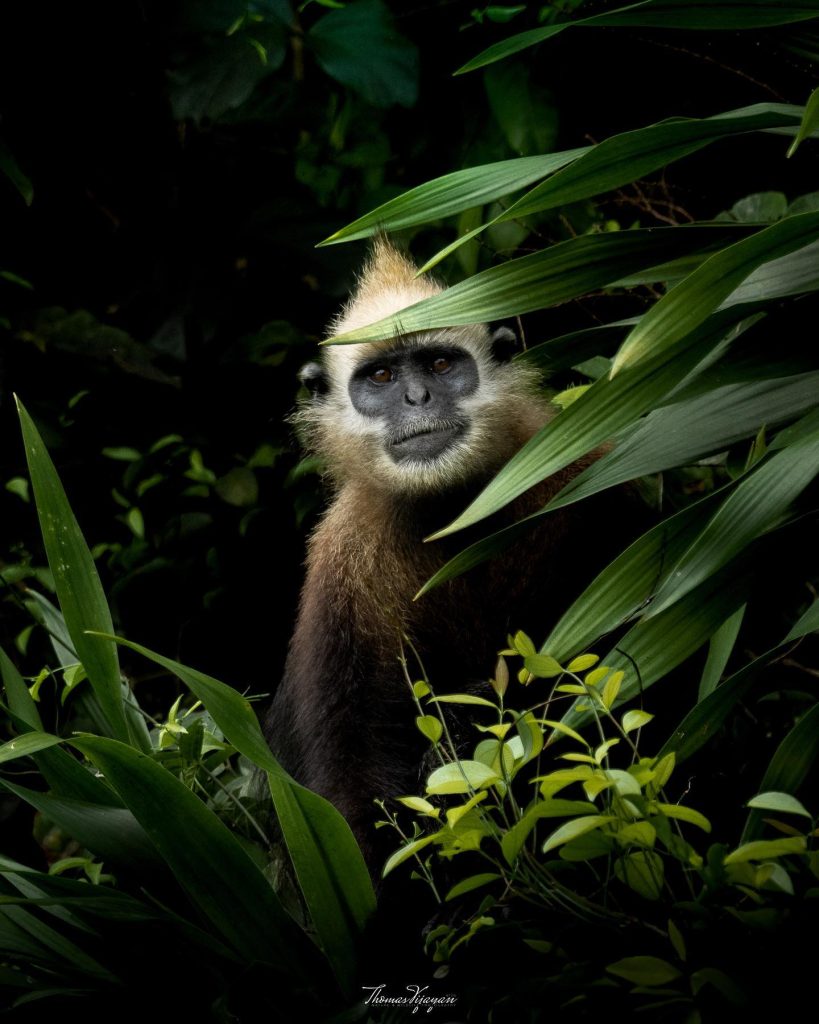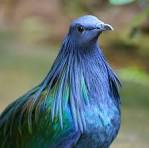
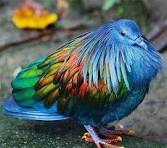
The Nicobar pigeon (Caloenas nicobarica) is one of the most striking and colorful birds in the world. Native to the small islands and coastal regions of Southeast Asia and the Pacific, this vibrant bird is a close relative of the extinct dodo. Known for its iridescent plumage, metallic greens, bronzes, and blues, the Nicobar pigeon is not only visually stunning but also ecologically significant.
Unique Features of the Nicobar Pigeon
What sets the Nicobar pigeon apart is its dazzling feathers and unique biological traits. Unlike most pigeons, the Nicobar pigeon has long hackles—elongated neck feathers—that shimmer in the sunlight. Its white tail contrasts vividly with its multicolored body, making it easily recognizable.
Another notable feature is its strong flight ability. While many island-dwelling birds lose the ability to fly, the Nicobar pigeon is a powerful flyer, capable of covering long distances between remote islands in search of food and nesting grounds.
Habitat and Distribution
The Nicobar pigeon is found across the Nicobar Islands, the Andaman Islands, Palau, and other parts of Southeast Asia. It prefers dense forests, mangroves, and coastal regions, nesting in colonies on remote islets where predators are scarce.
Conservation Status
Classified as Near Threatened by the IUCN, the Nicobar pigeon faces threats from habitat loss, hunting, and the illegal pet trade. Conservation efforts focus on protecting its breeding sites and limiting human disturbances on nesting islands.
Why Protect the Nicobar Pigeon?
As the closest living relative of the dodo, the Nicobar pigeon is an important symbol of biodiversity. Protecting this bird means preserving the fragile island ecosystems it inhabits. Its survival depends on sustainable conservation practices and increased awareness.
The Nicobar pigeon is more than just a beautiful bird—it’s a reminder of our responsibility to protect endangered species and their habitats. By supporting conservation programs and eco-tourism in its native regions, we can help ensure that this dazzling bird continues to thrive for generations to come.
